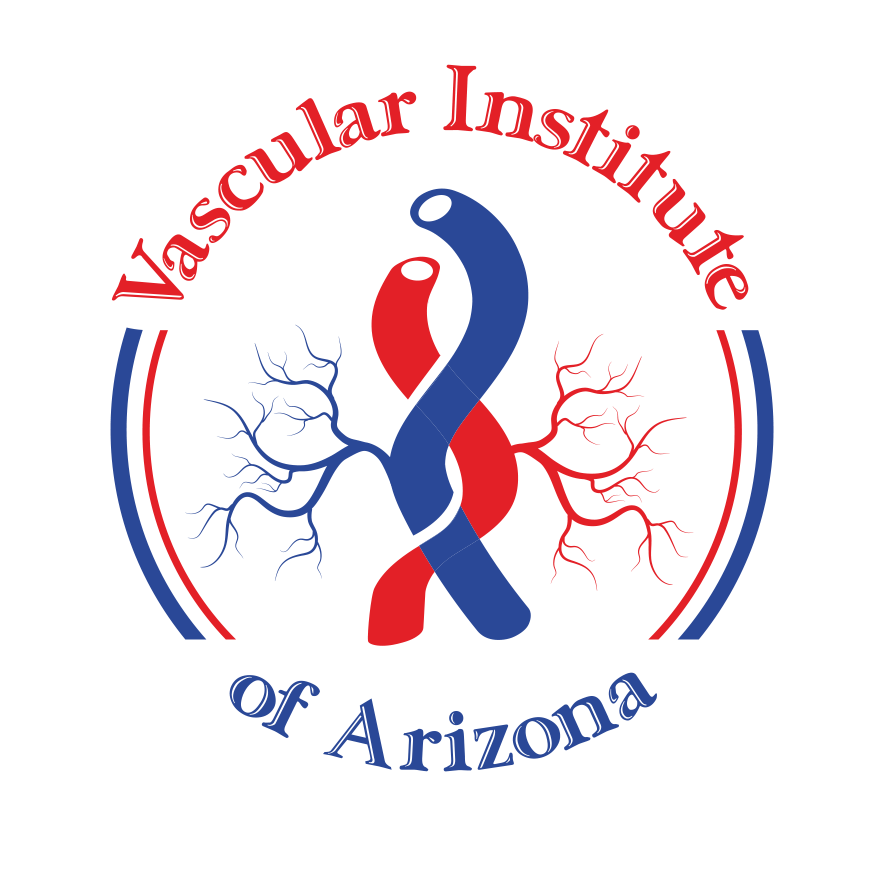What causes varicose veins?
Varicose veins are a visible symptom of chronic venous insufficiency (CVI). In this condition, the one-way valves in your leg veins fail to form a perfect seal. This allows blood to move back down your legs.
The valves should open as blood pumps up your leg, then close again. This action repeats every time blood pumps. If the valves don’t close after each pump, some blood flows backward and starts to pool in your veins.
This problem is often worse in your legs because gravity is constantly drawing the blood downward. However, you can develop varicose veins in other parts of your body, causing problems like pelvic congestion syndrome.
Why would I have chronic venous insufficiency?
CVI is more likely to affect you as you get older and the valves naturally begin to weaken. Several other things can increase your risk of developing CVI, including:
- Being overweight or obese
- Smoking
- Family history
- Lack of exercise
- Prolonged standing
- Pregnancy
- Being a woman
Men do get varicose veins, but they’re far more common in women.
How are varicose veins treated?
Dr. Balraj has considerable experience in treating varicose veins using minimally invasive in-office procedures. The two main treatments he uses are:
Endovenous ablation
In this procedure, Dr. Balraj uses laser energy to heat the varicose veins. He inserts a catheter (a small, flexible tube) into the affected vein using image-guidance technology. When the catheter is in place, Dr. Balraj carefully pulls it out, and the laser heat seals the vein.
Sclerotherapy
With sclerotherapy, Dr. Balraj injects a foam solution into the veins. The foam is an irritant that causes the vein walls to collapse and seals them off.
Following endovenous ablation or sclerotherapy, your body absorbs the treated veins, and they disappear. They won’t cause you any further problems, but you could develop new varicose veins.
Get expert treatment for your varicose veins by calling the Vascular Institute of Arizona today or book an appointment online.


